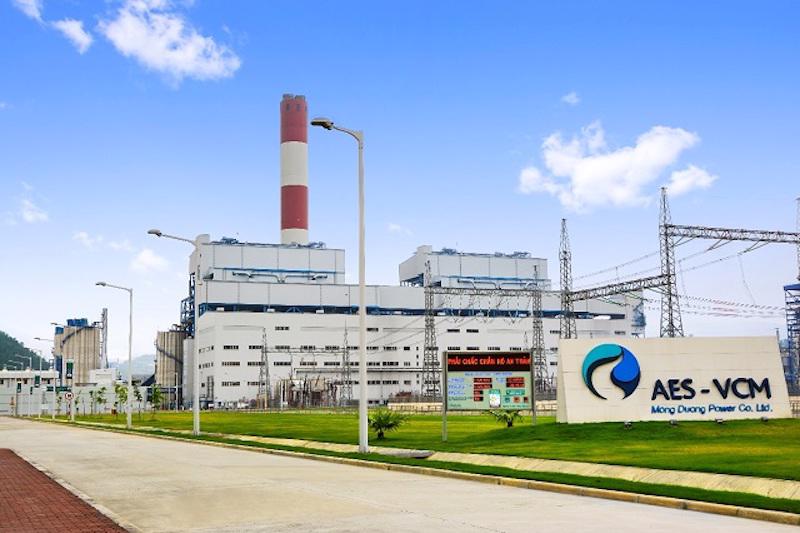Vietnam's Ministry of Industry and Trade has acted swiftly to address a surge in power demand, rapidly amending its 2024 national electricity supply plan, including measures focused on the peak dry season months.
The move underscores the pressure on the country's power grid arising from Vietnam's robust post-pandemic economic rebound and higher than anticipated usage.
In the first quarter of 2024, state-owned energy giant Electricity of Vietnam (EVN) reported a commercial electricity output of 62.66 billion kWh, soaring 11.42% above the same period last year. Industrial electricity supply across several provinces climbed sharply, notably in Quang Ninh (up 44.65%), Tay Ninh (27.09%), and Binh Dinh (24.28%).
The increase aligns with a robust 72% surge in international visitors during the first three months of 2024, compared to 2023 figures. This influx has stimulated increased power demand within the hospitality sector. Further, unseasonably high temperatures with peaks of 36.45°C (97.61 °F) have driven the widespread use of air conditioning.
Revised targets and a focus on Reliability
In response, the Ministry of Industry and Trade now projects that in 2024, power plants will generate a total of 310.6 billion kWh. This includes 150.916 billion kWh during the dry season and 159.684 billion kWh during the rainy season.
The amended plan highlights the ministry's commitment to proactive grid management, with authorities vowing to prevent any disruptions due to subjective factors such as equipment failures.
State energy providers have been directed to bolster inspections and maintenance routines at power plants to optimize the power generation capacity and prevent outages.
Vietnam's Reliance on Traditional Fuels Amidst Clean Energy Push
While the Vietnamese government actively pursues a green economy transition, traditional fuels like coal, gas, and oil continue to play a pivotal role in the nation's energy mix. This reliance underscores the complexity of balancing rising energy demands with sustainability goals.
EVN statistics last July shows hydropower accounted for 22.9% of total electricity generation, coal-fired power plants for 49.8%, gas turbines for 11.2%, and oil thermal power for 0.8%. Though significant strides have been made, renewable energy sources like solar (15.48 billion kWh) and wind power (6.06 billion kWh) collectively accounted for just 13.8% of the power mix. Imported electricity comprised the remaining 1.4%.
To maintain a stable supply of traditional fuels, the Ministry of Industry and Trade emphasizes close coordination between fuel providers, such as PVN, TKV, and Dong Bac Corporation, and operators of thermal power plants. Preventing fuel shortages, which could lead to disruptive outages, remains a key focus.
Alongside managing supply, energy conservation initiatives are a crucial component of the government's strategy, aligning with the Prime Minister's directive on electricity saving. Local authorities and industry stakeholders will collaborate to promote energy efficiency among businesses and the public.
The combination of these measures demonstrates the Vietnamese government's resolute commitment to addressing the challenges of increasing electricity demand. The overarching goal is to maintain a reliable power supply to support Vietnam's continued economic growth and meet the evolving energy needs of its population.









 Google translate
Google translate